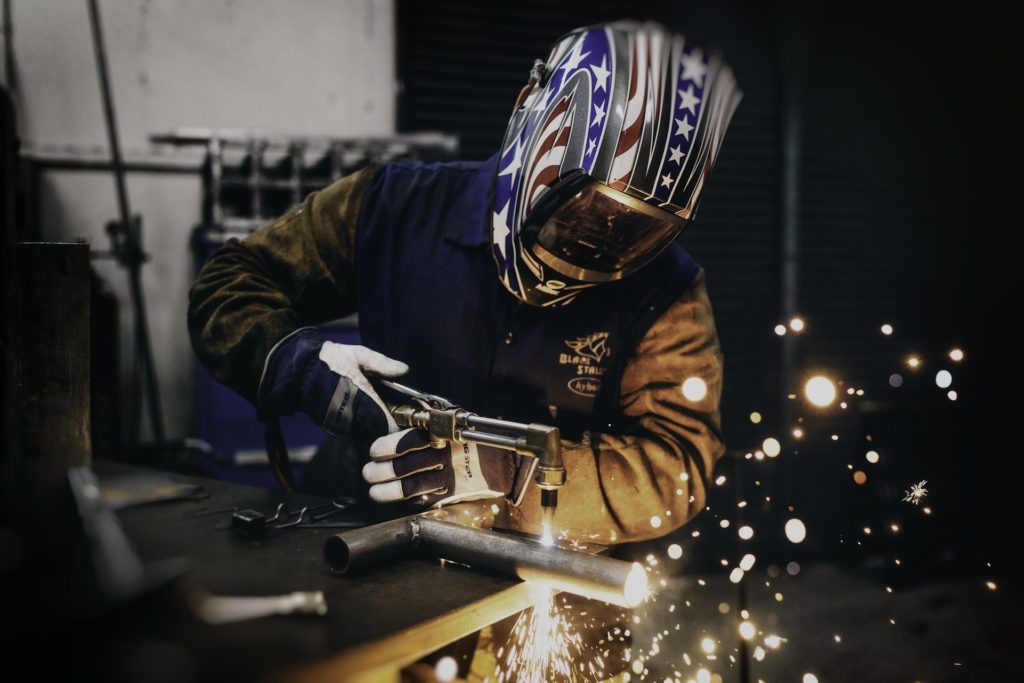Welding is a process that brings together materials such as metals and thermoplastics using atomic-level fusion. It’s a powerful tool for construction and engineering, but the process carries some inherent risks that need to be managed through practice and safety precautions. To ensure that your welding projects are as safe and successful as possible, it’s important to follow essential safety steps.
1- Choose a Welding Helmet that Complies with Current Regulations
When welding, selecting a welding helmet that complies with current regulations and fits properly against the face and eyes is essential. It is even more important when working with metal, as it can be a hazardous ultraviolet and infrared radiation source. Invest in a good quality, comprehensive helmet that will provide eye and shoulder protection. Ensure that the welding helmet adheres to the area’s current health and safety regulations and provides the user with the highest level of comfort and protection. Additionally, ensure that the welding helmet you choose is good quality and approved. It should also be comfortable and easy to manipulate during the welding process. A well-fitted welding helmet should encase the entire area from the eyes to the cheeks, neck, and shoulders. Furthermore, inspect the welding helmet for any cracks or damage to the lens before each use. A replaced lens is a must, and the welder must always check the welding helmet before each use.
2- Work in a Well Ventilated Environment
When welding, it’s important to ensure you work in an adequately ventilated area. This will help to ensure that any fumes created by welding are properly dispersed and not allowed to accumulate in the working area, which can be dangerous for the worker’s health. Poor ventilation can cause fumes to become concentrated and allow hazardous particles to be inhaled. To ensure that the ventilation is adequate, ensure that there is either natural or mechanical (such as ventilation fans) ventilation in the working space. You should also pay attention to obstructions that might hinder air circulation, such as walls, curtains, or partitions.
3- Wear the Appropriate Working Gear
When welding, it is essential to dress in the appropriate safety gear in order to protect yourself and keep your project safe. This includes long-sleeve shirts, flame-retardant pants, and steel-toed boots. It is also important to wear a welding jacket to shield yourself from sparks, flame, and molten metal. Keeping your face and eyes protected is essential, which is why it is imperative to wear a welding helmet that meets current regulations and can snugly fit against your face and eyes. Moreover, iridescent glasses with a DIN rating of at least 9 should also be used for increased protection. Finally, for those welding outdoors, a helmet that features additional protection from the wind and sand is also recommended. Remember, by taking the proper safety precautions you can ensure successful welding projects and personal safety.
It’s important to remember that successful welding takes not just knowledge but also practice and preparation. By following these three safety tips, you can make sure that your projects are safe and secure. For more information related to welding safety and resources, visit simpleweld.com today!




